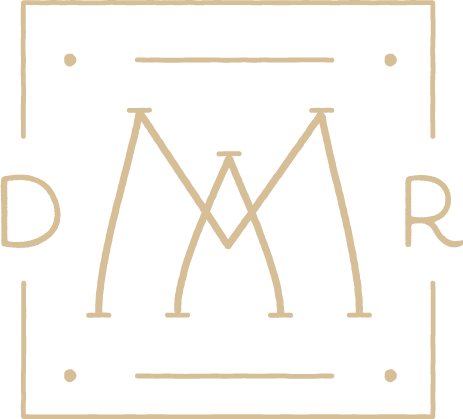AESTHETICS
Resurfacing Facial
Resurfacing facials improve the appearance of your complexion by removing layers of dead cells …to reveal your new and healthier skin below while promoting collagen production.
Prices
Prices start at £90. Cost will vary depending on the treatment
Visit our booking page for a full list of treatment options and prices
HOW LONG DOES IT TAKE?
Please allow 30 minutes for your treatment
DOwntime needed?
0 – 5 days
What is a resurfacing facial?
Also referred to as a chemical peel, a solution is applied to the face to remove dead skin cells and stimulate the growth of new cells. This improves the appearance of the skin – for example, by reducing age spots and evening out skin tone. There are 3 strengths of peels, superficial, medium and deep.
Superficial peels use a milder acid solution perfect for anyone with photodamage, blemishes, and signs of ageing. They typically involve little to no downtime.
Deeper peels can use stronger TCA peels, phenol peels and croton oils. These reach further into the epidermis or even into the next layer, the dermis, for more dramatic improvements. This can address more advanced signs of ageing, such as deeper wrinkles and extensive sun damage, or severe acne scars.
At Dr Miriam A’s East London-based skin health clinic, we use the AlphaRet peel system created by SkinBetter Science, with a unique patented combination of a retinoid and a triple-acid gel containing glycolic, lactic, and salicylic acid.
How can a resurfacing facial improve my skin?
-
- Improves the appearance of skin imperfections
- Removes dead skin cells to help prevent clogged pores
- Reduces age spots and discoloration to even the skin tone
- Smooths fine lines & wrinkles on the skin’s surface
- Minimises pores and rough patches of skin
- Reduces scars caused by acne or injury
- Moisturises and exfoliates skin simultaneously
How do resurfacing facials work?
The applied solution removes the superficial layers of the existing skin to promote the growth of new, smoother, healthier skin. Over the days following treatment, the affected layers of skin will gradually peel away, revealing a smoother, younger-looking complexion.
They differ from at-home AHA serums because they are stronger, with a lower pH, which need neutralisation with water or sodium bicarbonate.
-
- Glycolic acid stimulates cells to produce collagen, elastin, and hyaluronic acid.
- Lactic acid improves skin hydration by increasing the cell’s moisturising factors.
- Salicylic acid is lipophilic, targeting oil glands to help with acne, blackheads, and congestion.
Are resurfacing facials safe?
Resurfacing facials are safe as long as they are performed by a medical professional.
Superficial and medium peels are considered very safe treatments, with very low risk and have limited downtime.
Deeper peels, penetrate deeper layers of your skin and are recommended for complex conditions. The results are longer term versus the superficial and medium ones, but they require a recovery period and significant down time.
Possible side effects
Depending on your skin type and skincare routine at home, skin peels may cause increased sensitivity.
Other side effects may include stinging, itching, irritation, redness, swelling, peeling, scabbing of the skin, scarring, post-inflammatory hyperpigmentation or hypopigmentation.
Who should avoid resurfacing facials?
Allergies or previous sensitivities to active skincare products containing Vitamin A and AHAs.
What are alternative treatments to resurfacing facials?
Other treatments with a similar regenerative approach to skin results include:
What to expect
1. Consultation
At consultation, we will discuss your main skin concerns and suitability for the chosen treatment. You will be informed about alternative treatments, including common side effects and possible complications. After checking your medical health history, if treatment is safe for you, we will sign a consent form and go ahead with planned treatment.
We will recommend a facial treatment based on your skin type, the specific issues you want to address, and how deep the chemical peel needs to work to achieve the desired results.
- Treatment
At treatment, the skin will be cleansed. A solution is brushed onto your skin, where it will be left for a certain period of time and then removed. You may feel a slight stinging sensation.
-
- No Review required
Do I need to prepare my skin beforehand?
No, if your skin barrier is in good condition, you can have a superficial skin peel on the same day of your appointment.
If your skin is somewhat sensitive, you may wish to stop using any active skincare products containing Vitamin A or AHAs for 3 days prior to your treatment.
Avoid treatment if your skin is sun-exposed or sunburned, it is best to wait 2 weeks for your skin to recover.
Aftercare advice
-Use simple aftercare to keep your skin hydrated and avoid active skincare products for 14 days after your treatment.
-Avoid hot temperatures (like saunas or hot showers) and vigorous exercise to reduce sweating for 72 hours.
-Avoid sun exposure (sunbathing, tanning beds) for at least 14 days and use sunscreen to protect your fresh skin
